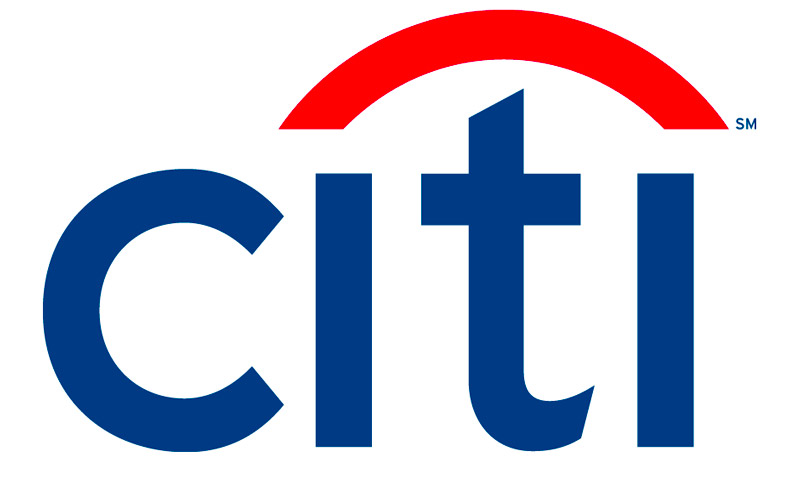| Budget Plan Bumps Up Lead Funding to $20M; Advocates Say More is Needed |
 Published March 2, 2017 Anti-lead activists say state needs to do more to find and fight contaminant in old housing, water supplies Gov. Chris Christie’s proposed state budget for the next fiscal year beginning in July will invest $20 million to address the continuing problem posed by thousands of New Jersey children with unsafe levels of lead in their blood. The funding is welcomed by health advocates and others who have long pushed the administration to increase money set aside to fight lead poisoning in kids, but they noted it is far less than what is needed to tackle the problem. “We would be better off if they had added a zero to really address the problem,’’ said Staci Berger, president and CEO of the Housing and Community Network of New Jersey. Few dispute New Jersey has a lead crisis. Three hundred thousand kids last year were found to have elevated lead levels in their blood, Berger noted. Most of the exposure occurs from peeling lead paint in old housing. In addition, under a new program that got underway last year, more than 130 schools were found to have unsafe levels of the contaminant from at least one water outlet in their facility. The Budget Summary released by the administration touted the continuing and increased appropriations as ensuring that the state remains a national leader on this issue. In his speech Tuesday, Christie said “it was this administration that reacted quickly and decisively to deal with this issue by adding immediate funding last year.’’ The funding emerged as a bipartisan priority after more than a couple dozen schools found unsafe lead levels in water from drinking fountains, a problem that soon surfaced in many other districts around the state. The money allocated in the proposed budget will be split between the cost of reducing exposure to peeling lead paint in low- and moderate-income housing and covering the expense of new regulations to identify blood-lead levels in children consistent with those of the federal Centers for Disease Control and Prevention. “The governor is looking for credit for doing his job,’’ said Doug O’Malley, director of Environment New Jersey, who noted in the past Christie had repeatedly diverted lead remediation funds. “He doesn’t deserve credit for not raiding lead funding again.’’ Berger said the administration’s response on lead is better than before, but added, “we need real leadership to solve this crisis.’’ So far, long-term solutions have been elusive. A legislative task force has been exploring ways to deal with New Jersey’s aging drinking water infrastructure, but has yet to focus on ways to fund getting lead out of supplies. Most often, lead seeps into drinking water from lead fixtures from the street and into the home or building. “The governor didn’t talk about the long-term solution to the lead crisis,’’ O’Malley noted. |













